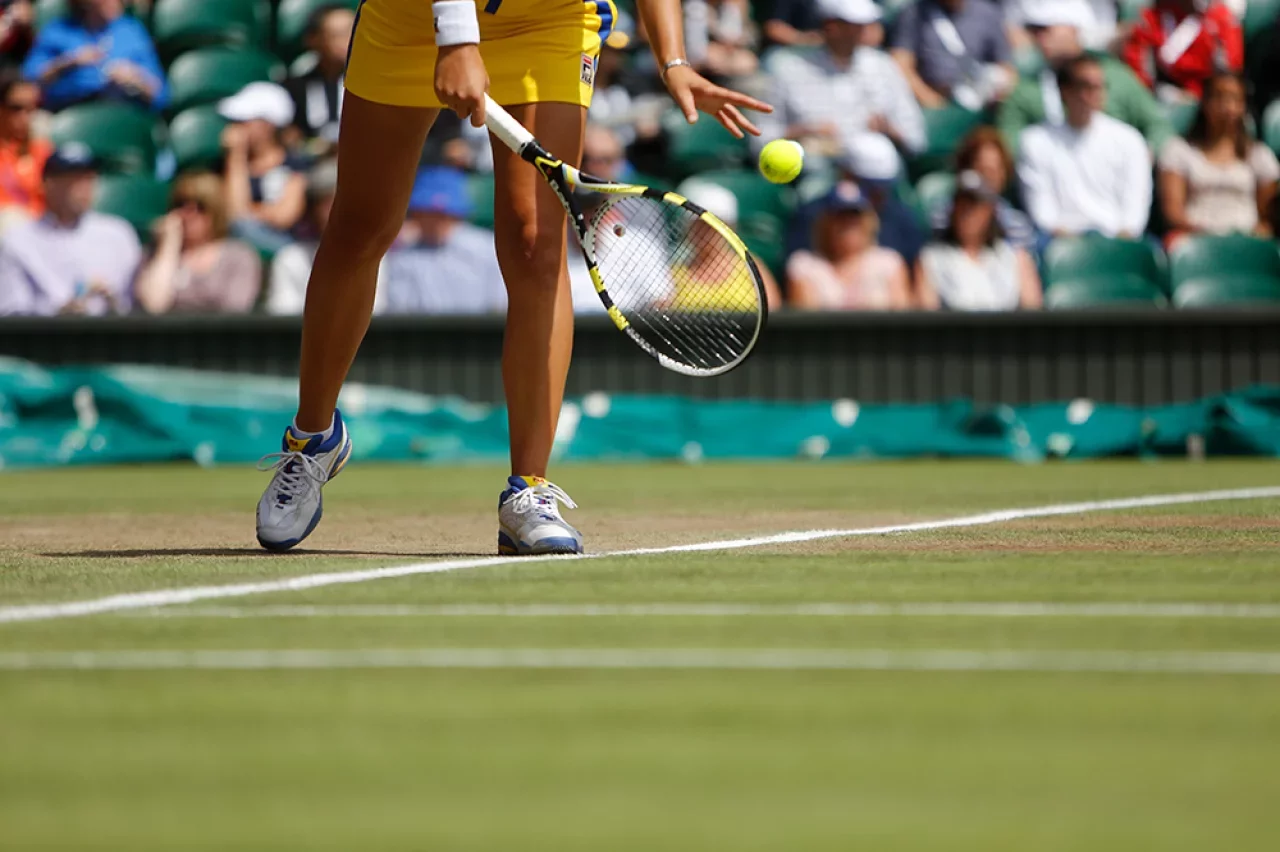
Avoiding and Minimising the Risk of Common Tennis Injuries
Each month, our team of physiotherapists and sports massage therapists are exploring a sport, and helping you find ways to avoid and reduce the possibility of pain and injury that can be caused.
So with Wimbledon in full swing (June/July 2022), and with many people enjoying playing tennis, we’re exploring some common tennis injuries. While not all injuries can be prevented, there are ways to minimise and reduce the risk as best as possible with proper conditioning, proper technique, by allowing enough rest between sessions and with physiotherapy.
TENNIS ELBOW
Let’s start with tennis elbow. It’s a common condition caused by overuse of arm, forearm and hand muscles that results in elbow pain. This causes either abrupt or subtle pain of the muscles and tendon area outside the elbow (called the lateral epicondyle). Common signs and symptoms are a slow increase in pain outside the elbow, it may also be sudden; where the pain is worse when shaking hands or squeezing objects. To prevent this condition, it is beneficial to spend time working on your technique, and to do some strength & conditioning.
ROTATOR CUFF TENDINITIS
The rotator cuff consists of muscles and tendons that originate from the shoulder blades (scapula) and attach to the upper arm bone (humerus). These muscles and tendons allow the shoulder to move in many different directions. As a result of overuse, you can develop tendinitis. Excessive overhead movements can increase the possibility to develop rotator cuff tendinitis.
TENNIS TOE
This can occur when the toes are jammed against the toe-box of the shoes during tennis’s quick start-stops. It’s quite a painful condition and it may be treated by a trained professional drilling a hole in the toenail and relieving the pressure. As usual prevention is the best option: cut your toenails short and wear shoes that provide adequate toe space.
WRIST STRAINS
Wrist strains can be related to the ‘laid-back’ grip position - rotating the palm upward and quickly turning the wrist over as you hit the ball in order to achieve the topspin. The best hand position, to prevent this condition is the ‘hand-shake’ grip.
ANKLE SPRAINS
Sprains of the outer ligaments of the ankle are common in tennis. Risk can be reduced by using shoes that are specifically designed for tennis and have good support into the outer counter of the shoe.
We hope this gives you some ideas on how to prevent or manage these tennis-related injuries. Physiotherapy is a very effective way to prevent or recover from injuries and pain.
Please email info@qsportsphysio.co.uk or call 020 8287 1962 to book your appointment.